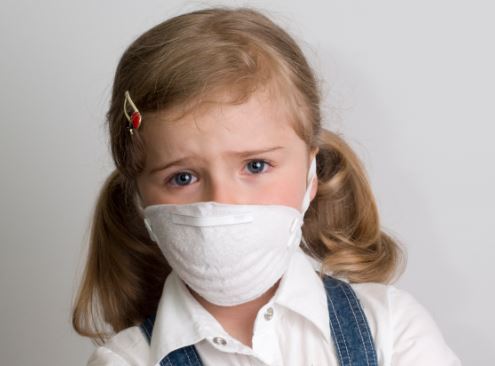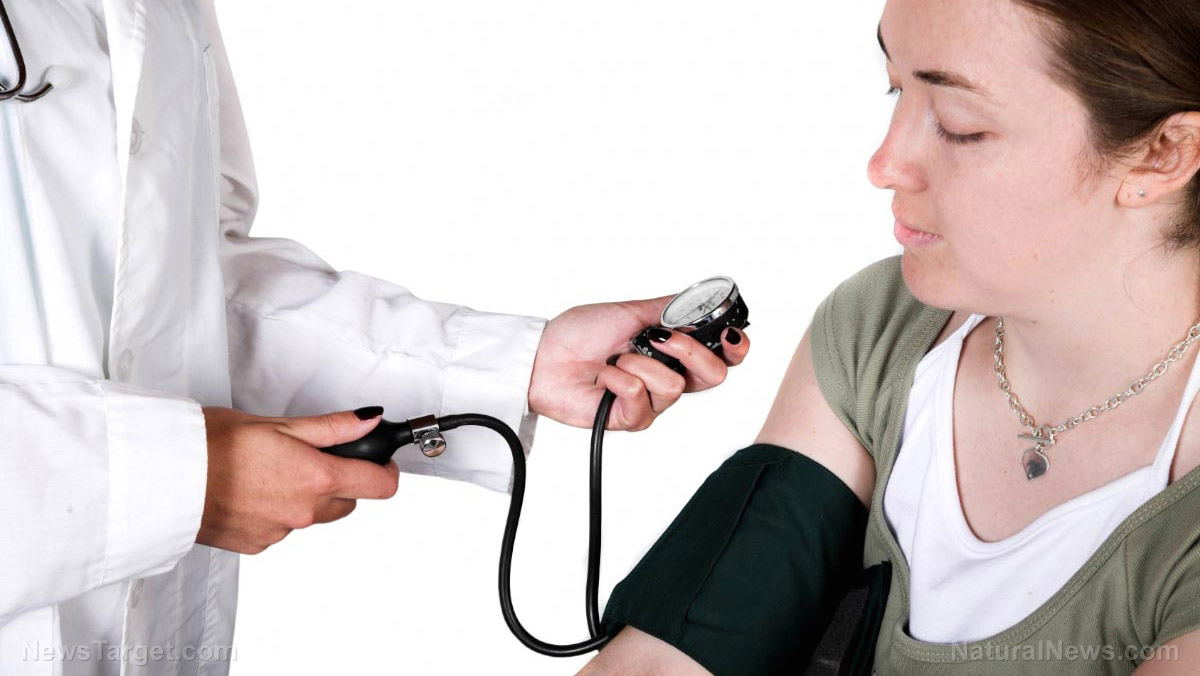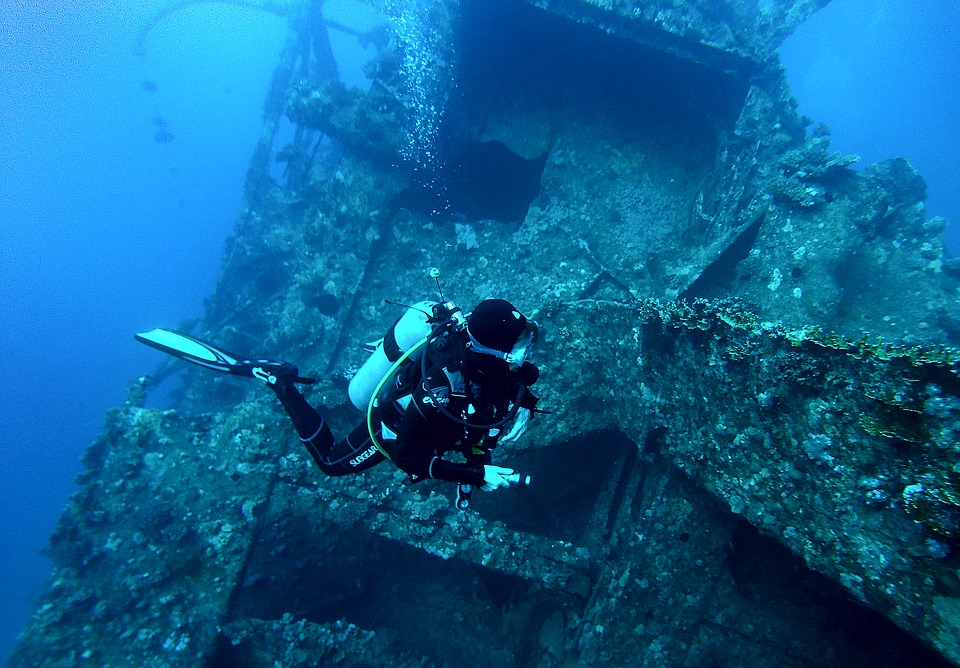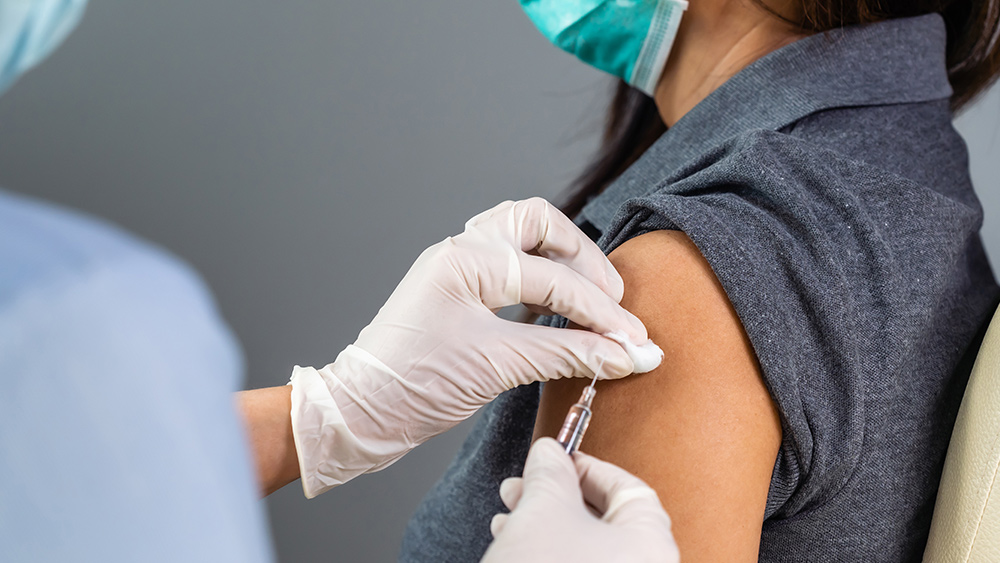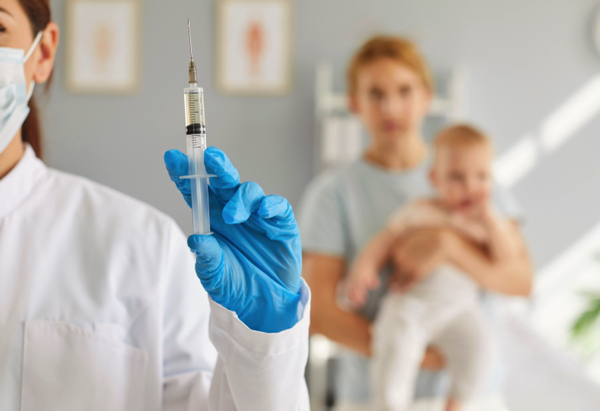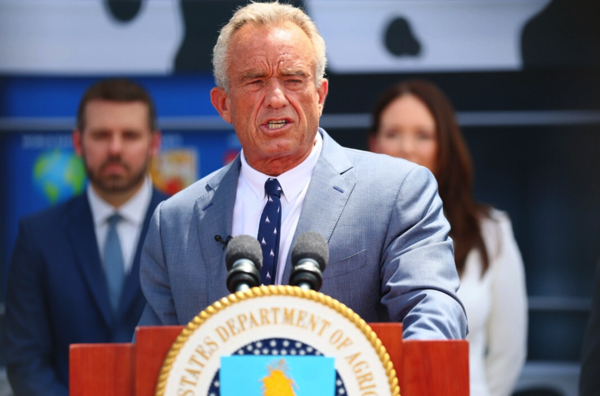Reanalysis exposes flaws in landmark MMR-autism study: Calls for transparency grow
08/14/2025 / By Willow Tohi
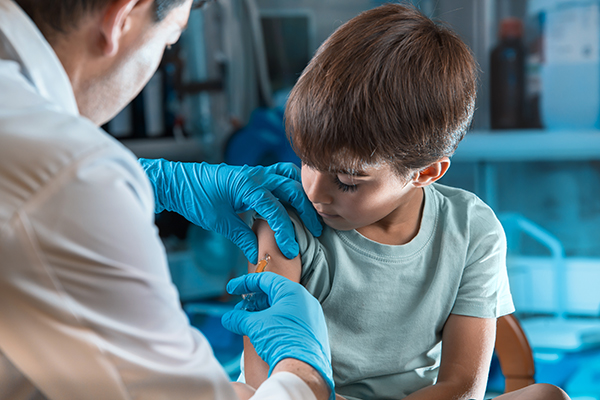
- A peer-reviewed reanalysis of the 2002 NEJM study — widely cited as proof of no MMR-autism link — finds statistical inconsistencies and methodological flaws.
- Researchers argue the original confidence intervals were too wide to dismiss a causal link, with data suggesting vaccinated boys may face higher autism risk.
- Conflicts of interest plague the Danish study: Authors worked for a vaccine manufacturer, and funding came from a pharmaceutical foundation.
- Health Secretary RFK Jr.’s federal autism investigation reignites debate over vaccine safety, citing suppressed research and industry bias.
- Scientists demand release of raw data for independent verification, stressing the need for rigorous, unbiased replication.
In 2002, a study published in The New England Journal of Medicine (NEJM) declared there was no link between the measles-mumps-rubella (MMR) vaccine and autism. For decades, it was heralded as definitive proof, silencing skeptics and shaping global vaccine policies. Now, a peer-reviewed reanalysis by Children’s Health Defense (CHD) scientists reveals glaring arithmetic errors, contradictory data and undisclosed conflicts of interest — directly challenging the study’s conclusions.
The findings, published in Integrative Medicine: A Clinician’s Journal, coincide with Health Secretary Robert F. Kennedy Jr.’s federal probe into autism’s causes. Critics accuse health agencies of relying on flawed science tied to drugmakers, while families demand answers amid soaring autism rates — now affecting 1 in 36 U.S. children.
“The numbers literally don’t add up”
CHD scientists Karl Jablonowski and Brian Hooker dissected the 2002 Danish study led by Anders Hviid, which compared autism rates in 537,303 vaccinated vs. unvaccinated children. Their reanalysis uncovered:
- Conflicting data: Tables reported different numbers of autism cases in the unvaccinated group—a discrepancy that flips the study’s risk calculations.
- Wide confidence intervals: The original study claimed a 47 percent lower to 24 percent higher autism risk among vaccinated children — far too broad to confirm safety.
- Adjustment bias: Statistical tweaks inexplicably reversed the risk signal, making MMR appear protective against autism.
“The baseline numbers don’t match, and the adjustment model was never shared,” said Hooker. “This isn’t science — it’s obfuscation.”
Conflicts of interest and “half-truths”
The 2002 study’s credibility is further undermined by its industry ties:
- Three co-authors worked for Statens Serum Institut, Denmark’s for-profit vaccine manufacturer.
- Funding came from the Novo Nordisk Foundation, a major pharmaceutical player.
- Lead author Anders Hviid co-wrote another NEJM paper dismissing MMR-autism links — a pattern of defense, critics say.
“When you follow the money, the ‘consensus’ crumbles,” said CHD’s Jablonowski, noting that raw data were never released for verification.
The study also downplayed a critical finding: Vaccinated boys with autistic siblings had higher autism rates than unvaccinated peers — suggesting a genetic-vaccine interaction. Yet this wasn’t explored further.
Special interests used this study as their foundation for “settled science”
The debate isn’t just academic. Autism rates have surged from 1 in 10,000 in the 1970s to 1 in 36 today — paralleling the expansion of vaccine schedules. While environmental toxins (e.g., pesticides, heavy metals) are studied, vaccines remain policed by industry-backed narratives.
RFK Jr.’s investigation seeks uncensored data analysis, but media outlets still brand any vaccine skepticism as “anti-science” — despite CDC whistleblowers and withheld studies (e.g., the 2014 DeStefano scandal).
Historical Context:
- 1998: Dr. Andrew Wakefield’s Lancet paper linking MMR to autism was retracted — though 10 of 12 co-authors stood by its findings.
- 2014: CDC epidemiologist William Thompson admitted to omitting data showing African American boys faced higher autism risk post-MMR.
- 2023: NIH finally pledges to study real-world vaccine data, but skeptics question its independence.
Call for scientific integrity
The reanalysis joins a growing body of research challenging vaccine orthodoxy:
- 2019: Yale scientists found prenatal Tdap vaccines correlate with 30 percent higher autism rates in boys.
- 2025: NIH-CMS partnership aims to audit Medicare/Medicaid data for autism triggers — but will it address vaccines?
“Families deserve transparency, not gaslighting,” said Hooker. “If the Danish data is solid, release it. If not, retract it.”
The fight for unanswered questions
For 23 years, the NEJM study insulated vaccine programs from scrutiny. Now, its foundation is cracking—not from conspiracy, but from basic math. As autism devastates a generation, the public is seeing what mainstream media won’t report: Science is never settled when industry profits hang in the balance.
The next step? Independent replication — no conflicts, no shortcuts. Until then, the question remains: How many children might have been spared?
Sources for this article include:
Submit a correction >>
Tagged Under:
. vaccines, autism, biased, Big Pharma, CDC, Censored Science, conspiracy, corruption, deception, FDA, health freedom, medical violence, progress, real investigations, research, RFK Jr, rigged, science deception, science fraud, vaccine wars
This article may contain statements that reflect the opinion of the author






